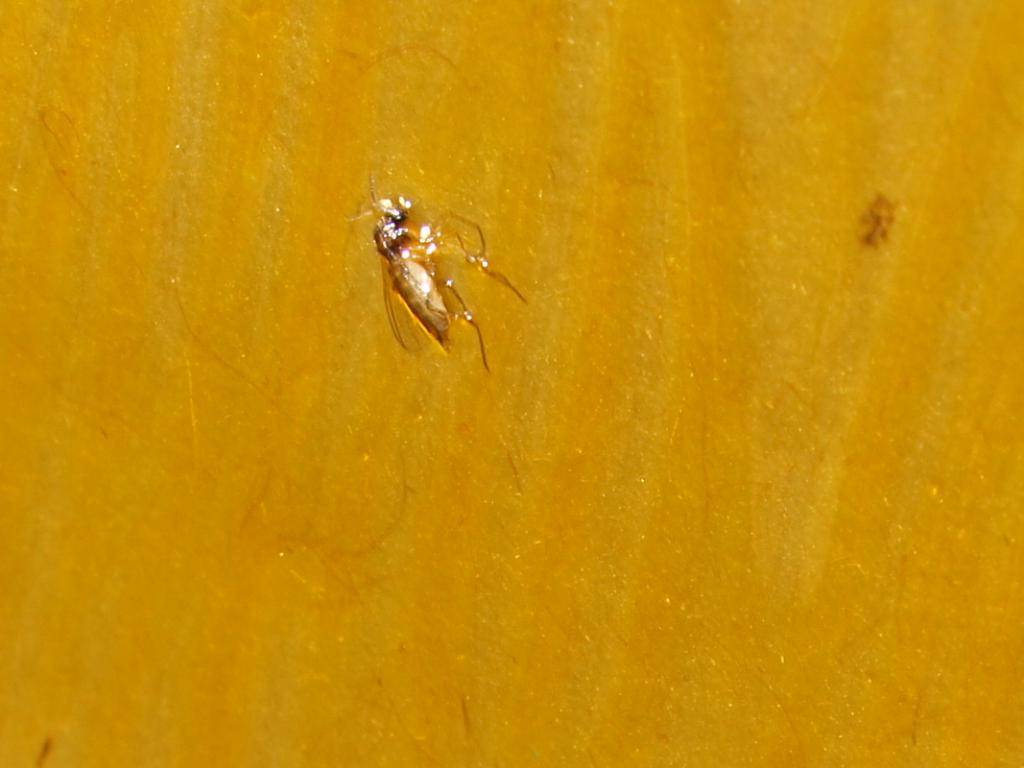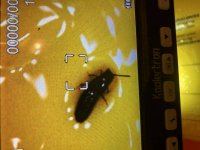Shmavis
Being-in-the-world
So I saw what at first I thought was a fungus gnat. No big deal I haven’t had trouble controlling them for years. But then I noticed just how many there were. They seemed smaller and faster than what I know as fungus gnats, but couldn’t identify it, which led me to this thread. It has me thinking they’re aphids, not gnats. Does that identification seem correct?
Gnat or Aphid?

If aphids, this is my first encounter.
Gnat or Aphid?
If aphids, this is my first encounter.






